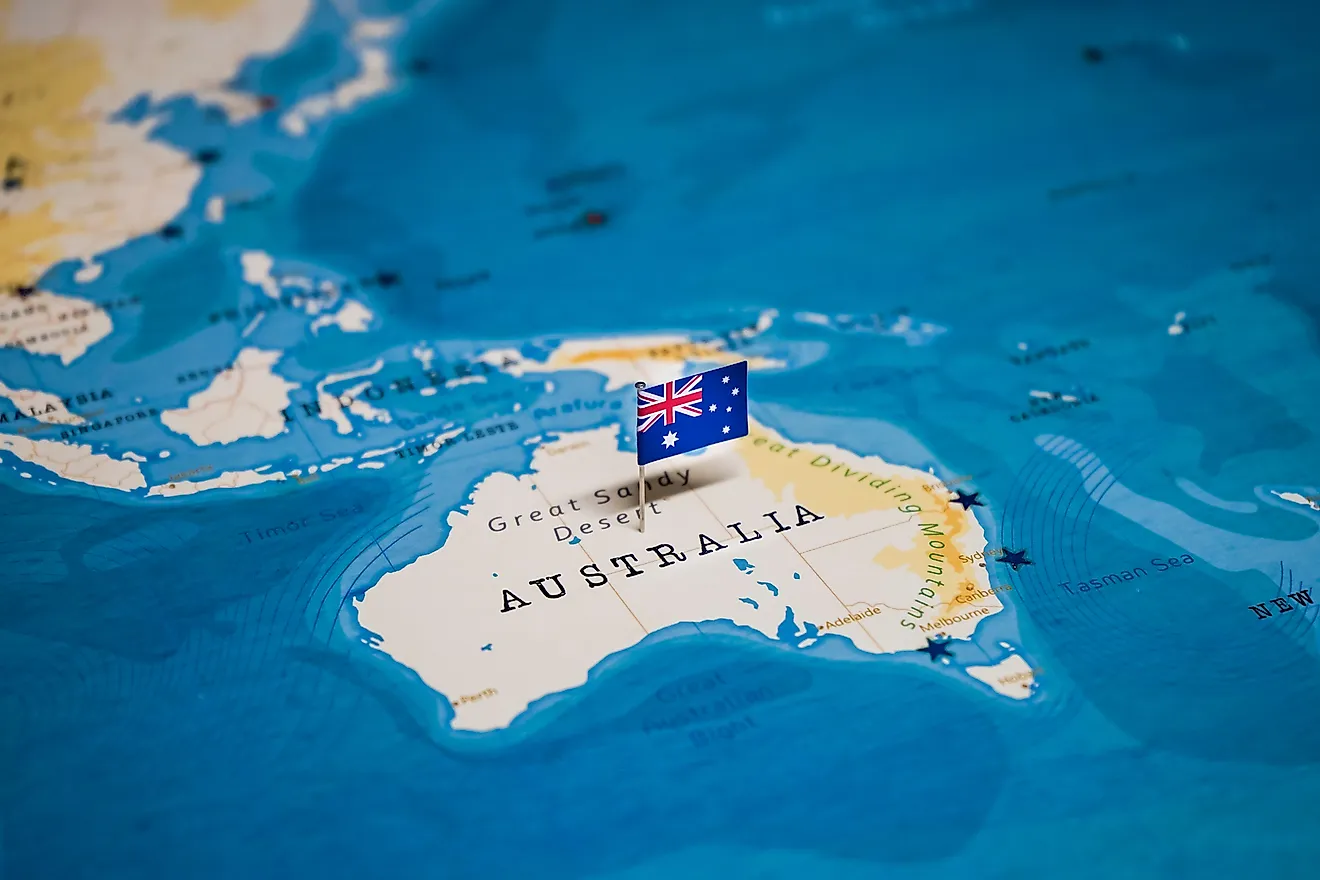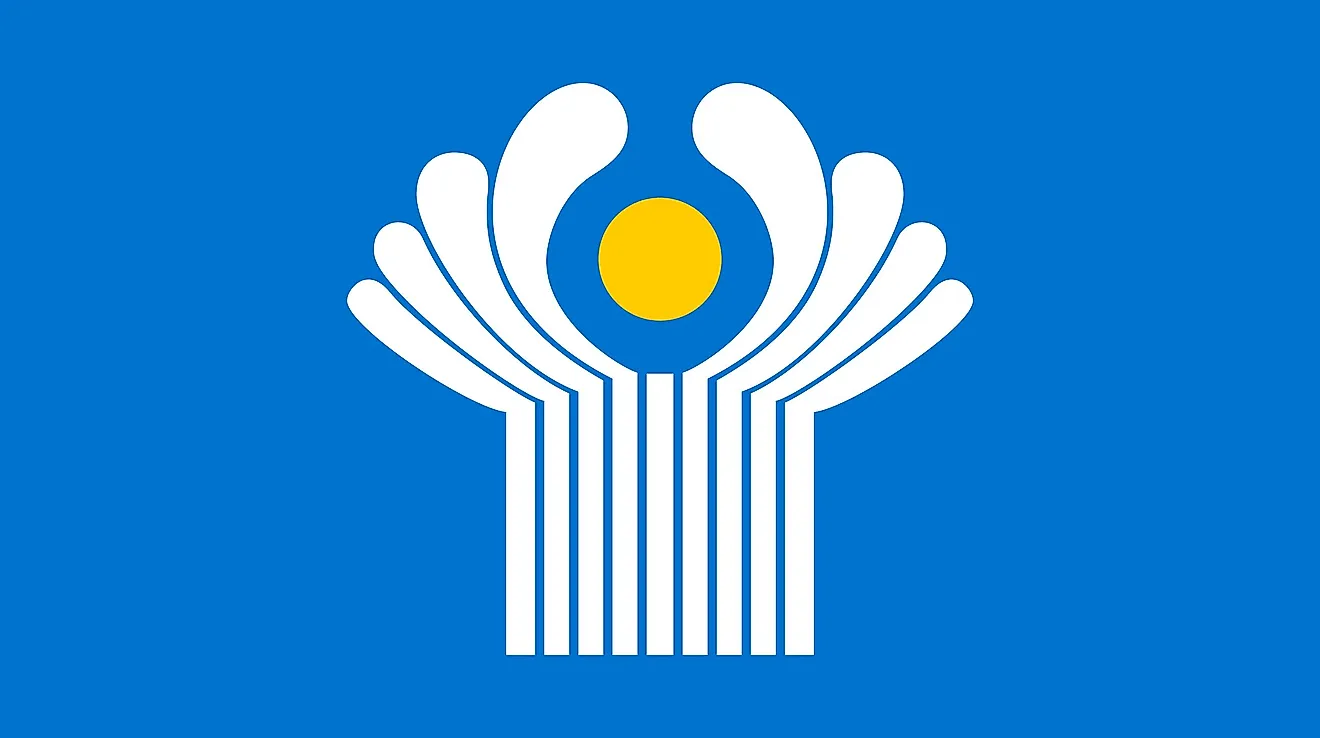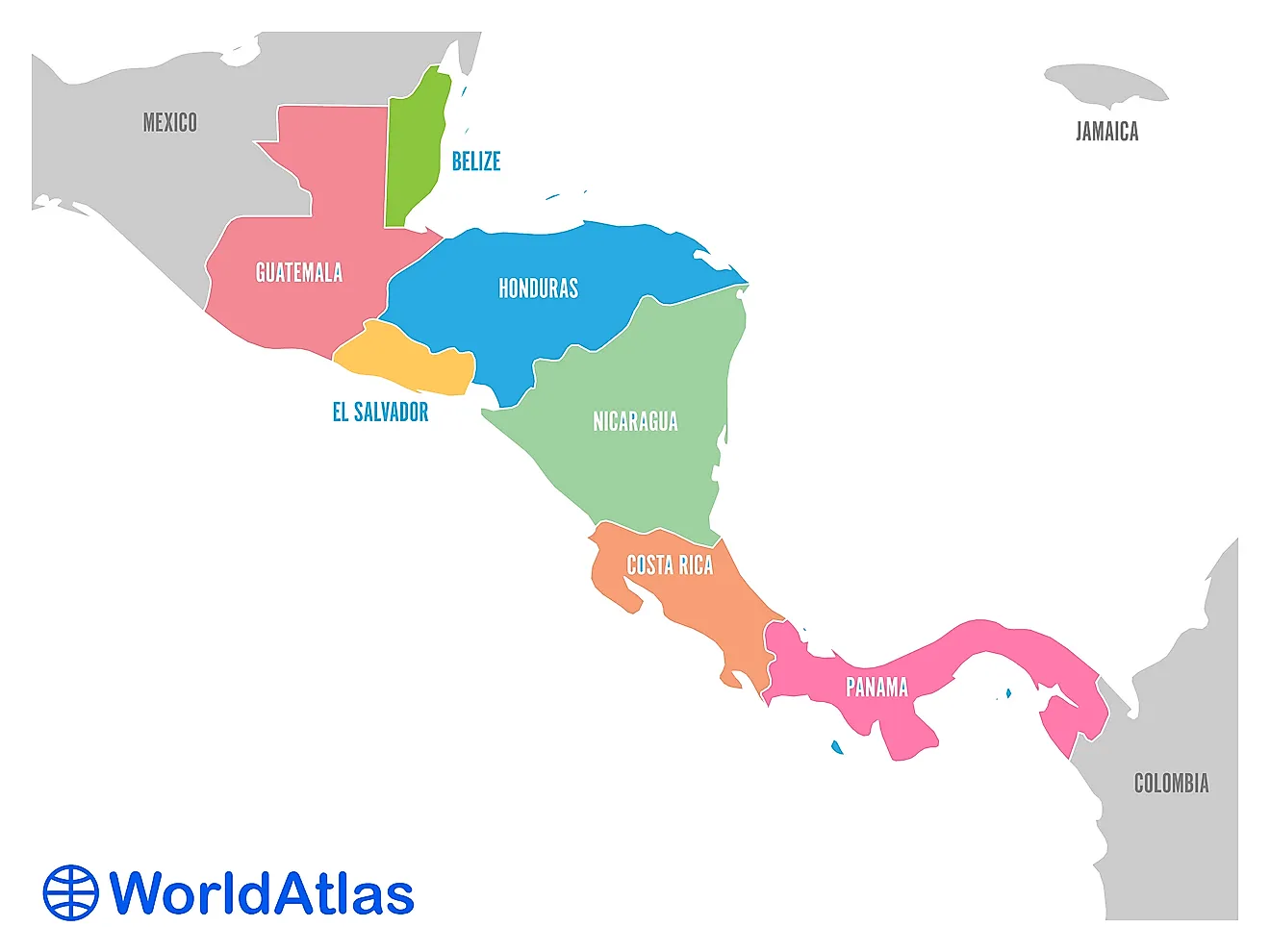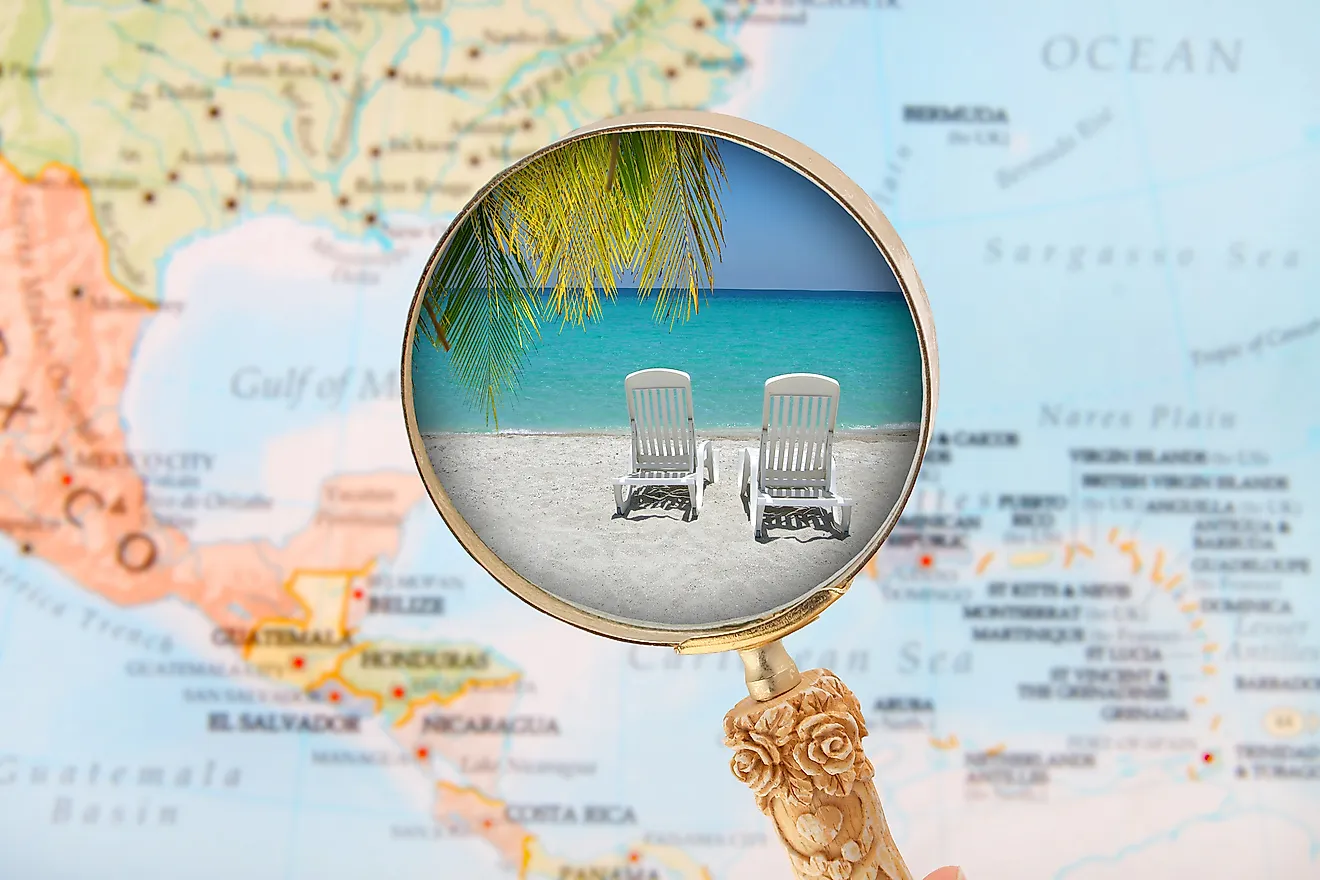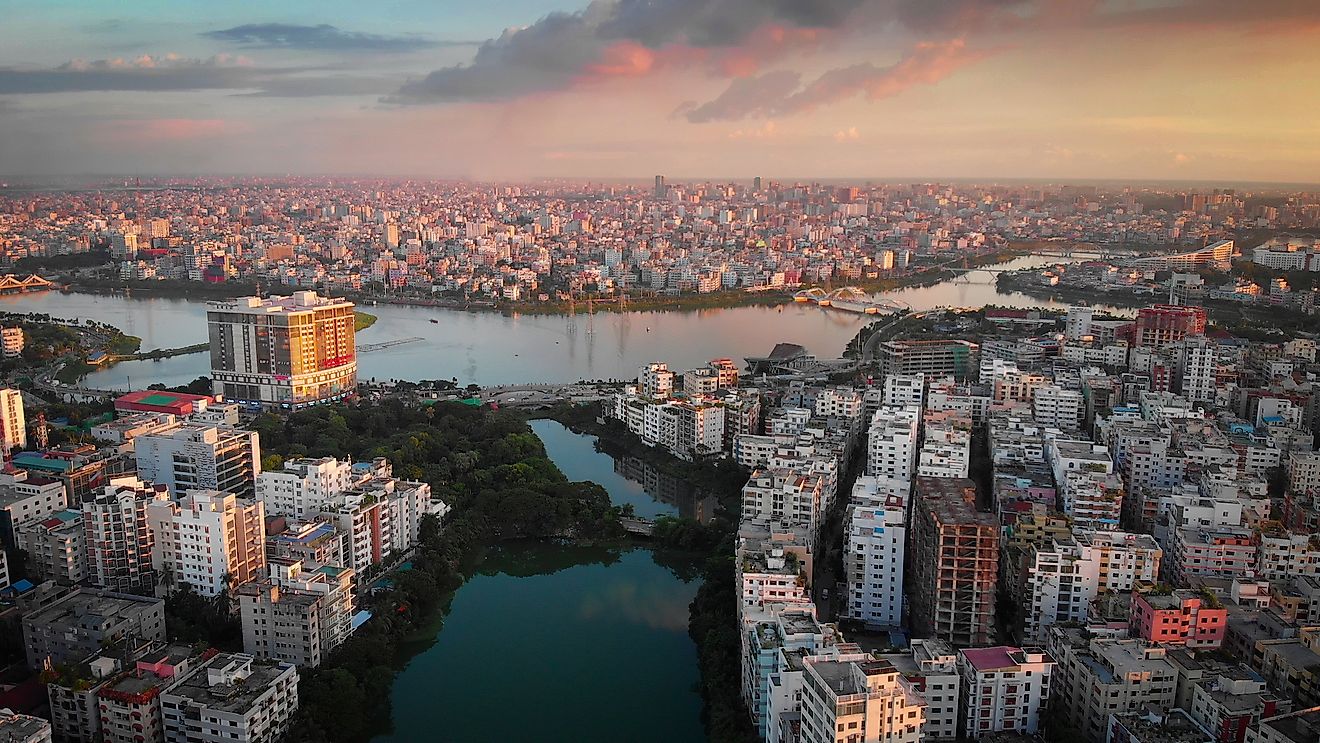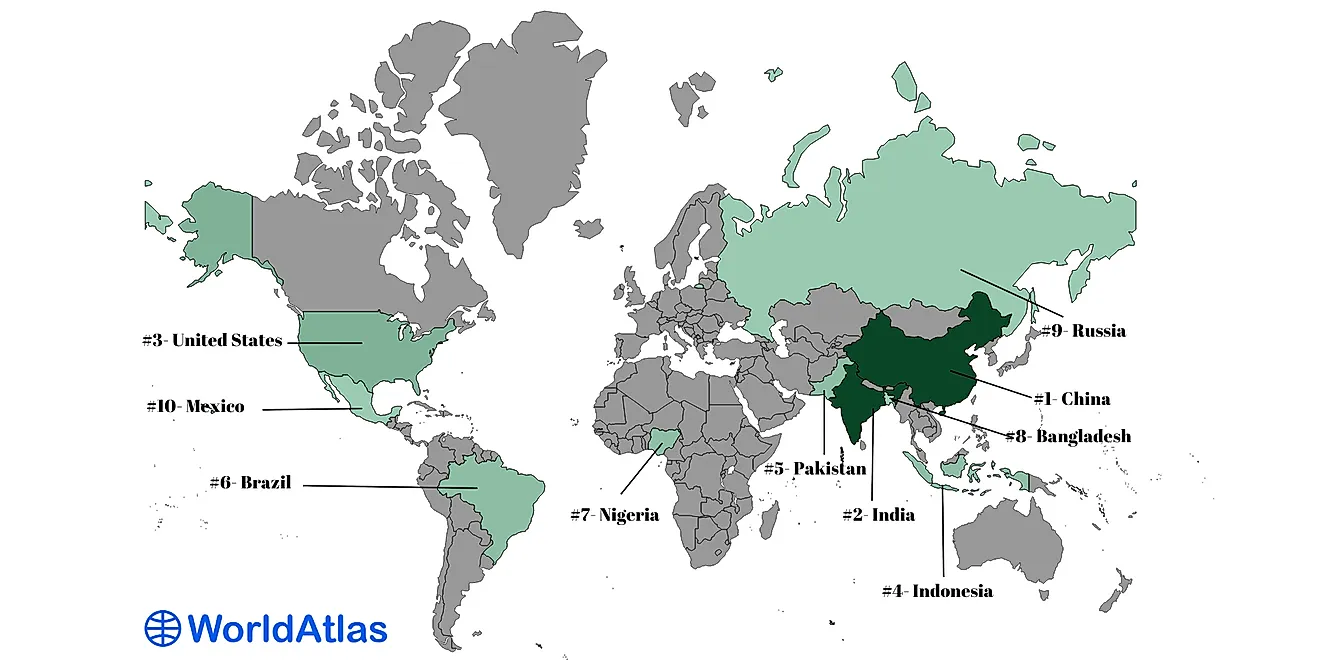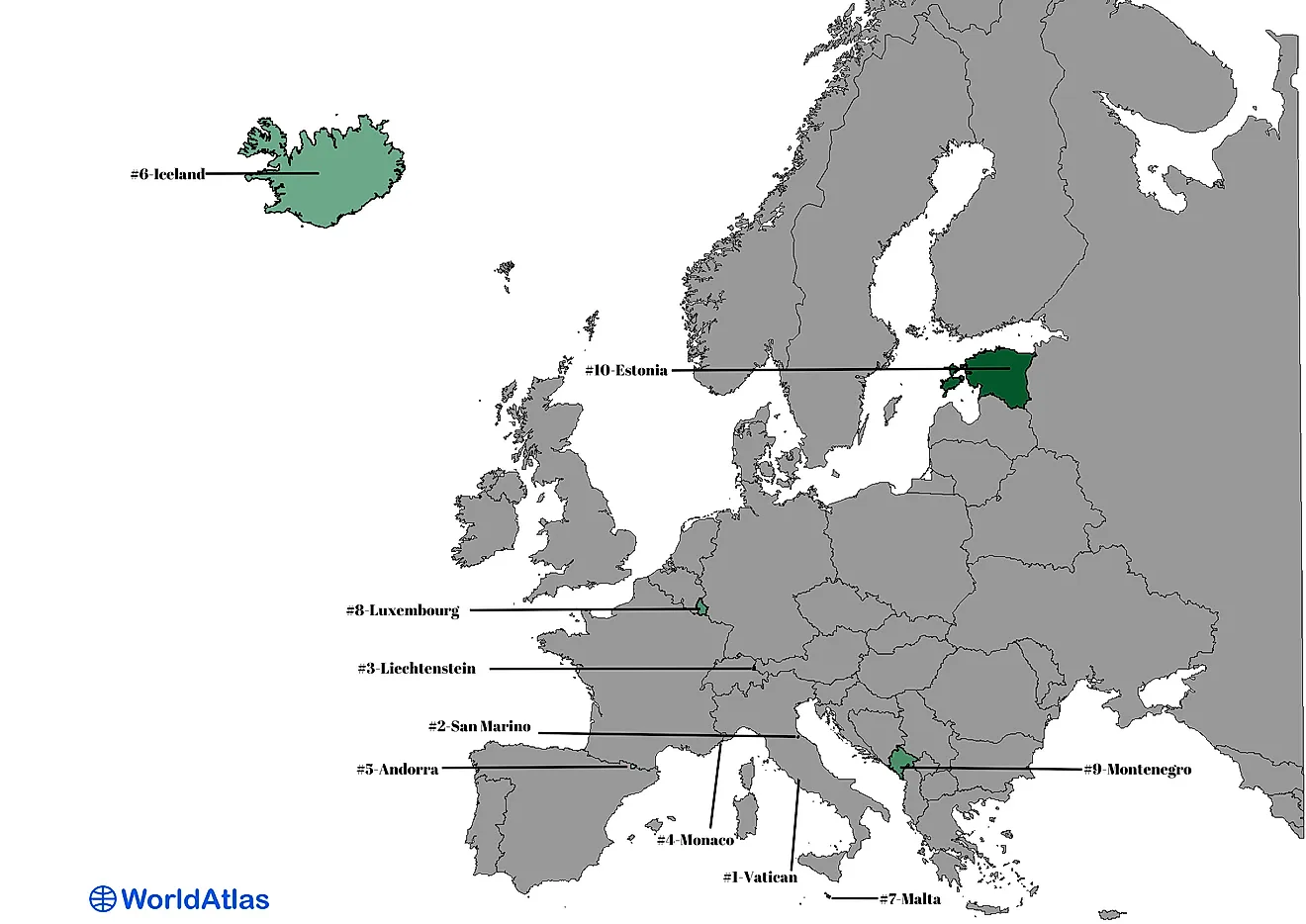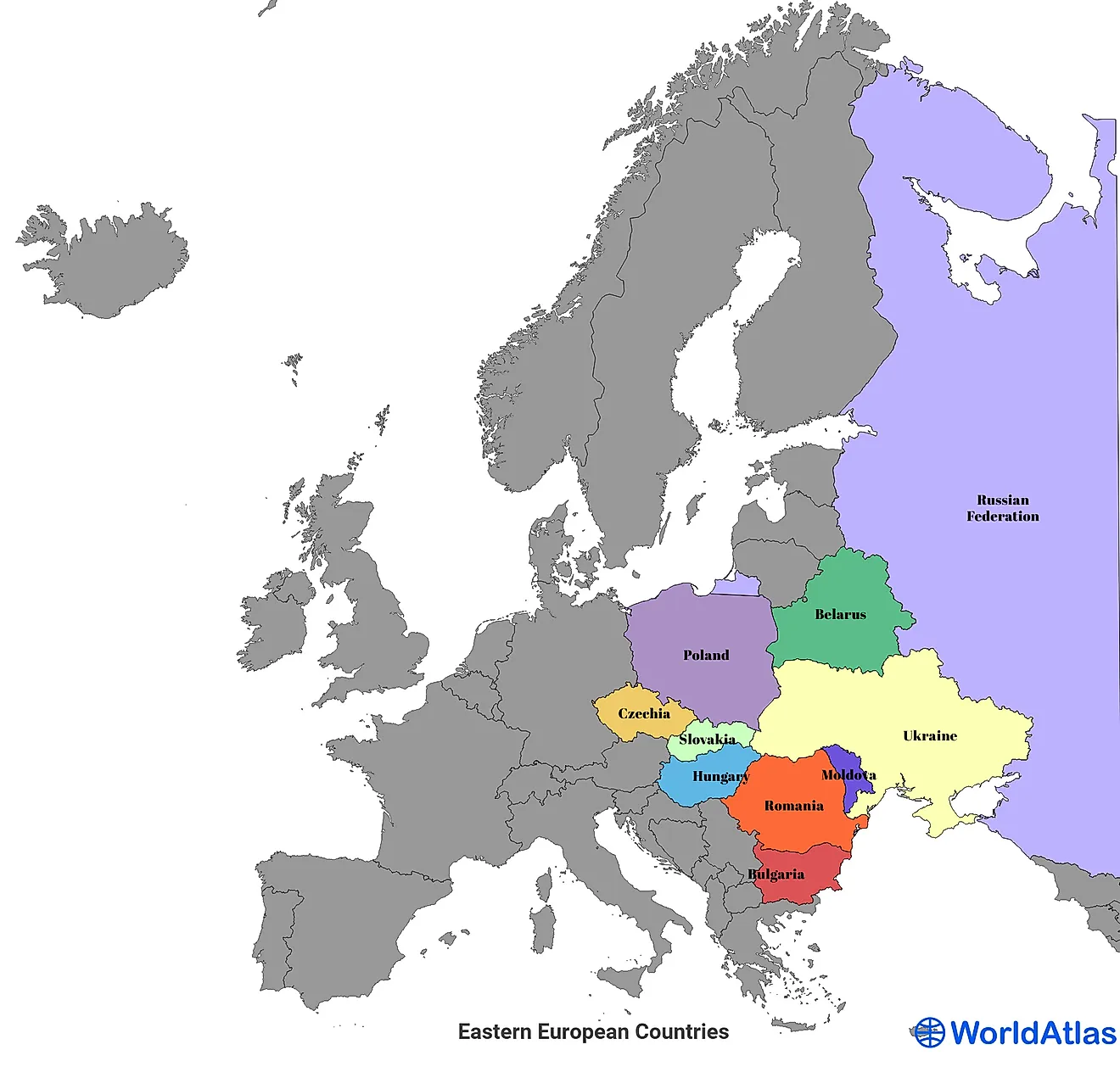Who Lit the Olympic Flame?
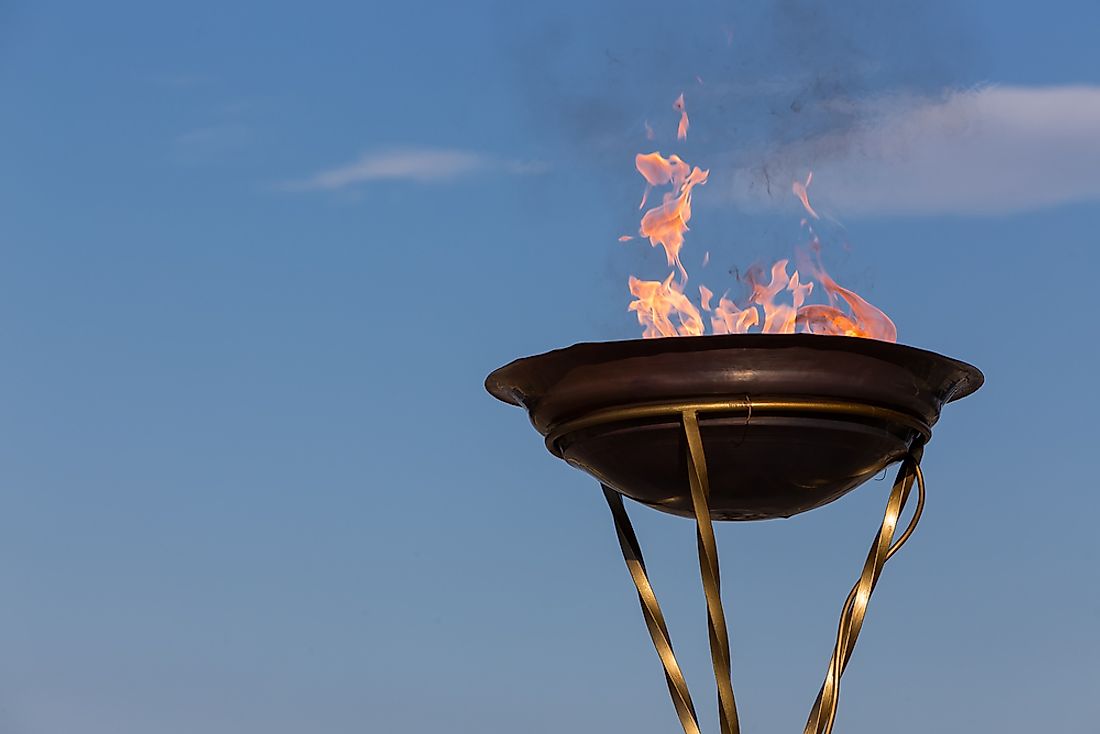
One of the traditions that has been part of the Olympics for over 80 years now is the lighting of the Olympic flame. The Olympic flame has been around the world, made its way into space, and has even scaled the highest mountain in the world. Although the Olympic flame made its first appearance in 1928 in Amsterdam, it was not until 1936 that the tradition of carrying the flame from the Olympic Stadium, the birthplace of Olympics, to the host city via a torch relay was introduced. Since then, hundreds of thousands of people have had the privilege of carrying the Olympic torch. However, only very few people have had the opportunity to light the Olympic flame.
Who Lit the Olympic Flame?
Fritz Schilgen
Fritz Schilgen was the 3,075 and the last bearer of the maiden relay torch in 1936. He was a German-born athlete who began his career as a long distance runner. He participated in several championships including World University Games and German Championship, finishing within the medal position on some occasions. Schilgen was also an accomplished engineer, developing 35 patents. He was chosen to light the 1936 Olympic flame because of his beautiful and graceful running style. He was also considered a symbol sporting youth. Schilgen’s dramatic lighting of the flame was featured in a Nazi’s propaganda film known as Olympia.
Eigil Nansen
Eigil Nansen was the first non-athlete to light an Olympic flame. He was a humanitarian who worked with refugees. He was also a human right activist who fought mainly for the rights of refugees. In 1991, Eigil won the Lisle and Leo Eitinger award for his active involvement in human rights. He was selected to light the Olympic flame for the 1952 Winter Olympic Games in Norway.
Paavo Nurmi and Hannes Kolehmainen
The 1952 Summer Olympic flame was lit by two Olympic gold medalists. Nurmi was a well-known athlete who had won nine gold medals at the Olympics in the 1920s while Hannes had won four gold medals. During the lighting of the Olympic flame, Nurmi lit the torch at the field level and passed it over to other athletes who relayed the torch to the top of the tower where Henne lit the higher-placed torch.
Yoshinori Sakai
Yoshinori Sakai lit the Olympic cauldron during the 1964 Summer Olympics in Tokyo. Although he was an athlete, he never participated in any Olympic Game. He was born on the day Hiroshima was bombed by an atomic bomb. Sakai was selected to light the Olympic flame as a symbol of Japan’s rebuilding and peace after the war.
Were They All Athletes?
The lighting of the cauldron is not only reserved for popular and well-known athletes and personalities, but also to people who are not famous but symbolize the ideal of the Olympics. The 1976 Summer Olympic cauldron was lit by two teenagers representing the unity between French and English Canada. The 1994 Winter Olympic cauldron was lit by the Crown Prince Haakon of Norway in honor of his father and grandfather who had taken part in the Olympic Games. In 2012, a team of young aspiring athletes, each nominated by former British Olympic champions, was given the privilege of lighting the Olympic flame.
Who Lit the Olympic Flame?
| Olympics | Name | Sport |
|---|---|---|
| 1936 Summer Berlin | Fritz Schilgen | Track and field |
| 1948 Summer London | John Mark | Track and field |
| 1952 Winter Oslo | Eigil Nansen | Non-athlete |
| 1952 Summer Helsinki | Paavo Nurmi, Hannes Kolehmainen | Track and field |
| 1956 Winter Cortina d'Ampezzo | Guido Caroli | Speed skating |
| 1956 Summer Melbourne | Ron Clarke(Melbourne), Hans Wikne (Stockholm) | Track and field |
| 1960 Winter Squaw Valley | Ken Henry | Track and field |
| 1960 Summer Rome | Giancarlo Peris | Speed skating |
| 1964 Winter Innsbruck | Josef Rieder | Alpine skiing |
| 1964 Summer Tokyo | Yoshinori Sakai | Track and field |
| 1968 Winter Grenoble | Alain Calmat | Figure skating |
| 1968 Summer Mexico City | Norma Enriqueta Basilio de Sotelo | Track and field |
| 1972 Winter Sapporo | Hideki Takada | Speed skating |
| 1972 Summer Munich | Gunther Zahn | Track and field |
| 1976 Winter Innsbruck | Christl Haas, Josef Feistmantl | Alpine skiing |
| 1976 Summer Montreal | Stéphane Préfontaine, Sandra Henderson | Track and field |
| 1980 Winter Lake Placid | Charles Morgan Kerr | Non-athlete |
| 1980 Winter Moscow | Sergey Belov | Basketball |
| 1984 Winter Sarajevo | Sanda Dubravcic | Figure skating |
| 1984 Summer Los Angeles | Rafer Johnson | Track and field |
| 1988 Winter Calgary | Robyn Perry | Figure skating |
| 1988 Summer Seoul | Chung Sun-man, Sohn Mi-chung, Kim Won-tak | Non-athlete |
| 1992 Winter Albertville | Michel Platini, Francois Cyrille Grange | Association football |
| 1992 Summer Barcelona | Antonio Rebollo | Archery |
| 1994 Winter Lillehammer | Haakon, Crown Prince of Norway | Non-athlete |
| 1996 Summer Atlanta | Muhammad Ali | Boxing |
| 1998 Winter Nagano | Midori Ito | Figure skating |
| 2000 Summer Sydney | Cathy Freeman | Track and field |
| 2002 Winter Salt Lake City | The 1980 U.S. Olympic ice hockey team | Ice hockey |
| 2004 Summer Athens | Nikolaos Kaklamanakis | Sailing |
| 2006 Winter Turin | Stefania Belmondo | Cross-country skiing |
| 2008 Summer Beijing | Li Ning | Artistic gymnastics |
| 2010 Winter Vancouver | Steve Nash, Nancy Greene, Wayne Gretzy, Catriona Le May Doan | Basketball |
| 2012 Summer London | Desiree Henry, Katie Kirk, Aidan Reynolds, Adelle Tracey, Callum Airlie, Jordan Duckkit, Cameron MacRitchie | Track and field |
| 2014 Winter Sochi | Irina Rodnina, Vladislav Tretiak | Figure skating |
| 2016 Summer Rio de Janeiro | Vanderlei de Lima | Athletics |

